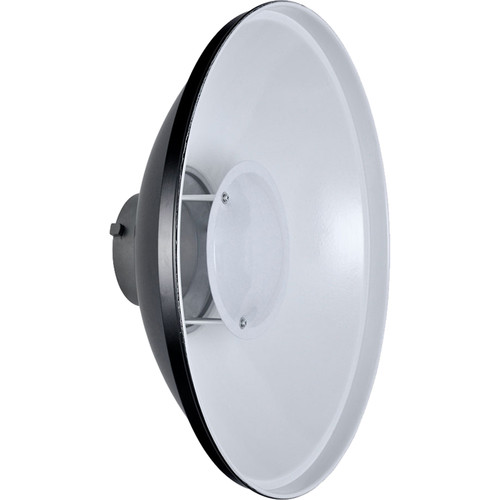- You have no items in your shopping cart
- Subtotal: KSh 0.00
Fitbit Charge 5
KSh 19,999.00
Key features:
Battery life: 7 days
Display: AMOLED
Screen size: 0.86 X 0.58 inches
Resolution: 326 PPI
Built-in GPS: Yes
Heart rate monitor: Yes
SpO2 monitor: Yes
ECG monitor: Yes
Fitbit pay: Yes
On-board music storage: No
Weight: 0.98oz
Size: 1.4 inches L x 0.89 inches W x 0.44 inches D
The most significant design change to the Fitbit Charge 5 is the color OLED screen, which is two times brighter than the Fitbit Charge 4. It’s easy to see, even in direct sunlight and Fitbit has now made the AMOLED display a touchscreen. To navigate around the tracker, you have to scroll to the right from the home screen; to return back to the home screen at any time, you double-tap. All of the functions on the tracker are controlled via the touch screen display, aside from the two side panels, which are used for the EDA and (later down the line) ECG sensors.
Scrolling right from the home screen, you can view your Smartphone notifications (although you can’t respond to messages from the tracker), start an activity, set timers and alarms, and do an EDA scan. The Charge 5 is Fitbit’s first tracker to include an EDA sensor, which measures the body’s response to stress through changes in the sweat glands on the skin. Fitbit says this is in response to the (perhaps unsurprising) data that suggests that 40% of adults said they experienced a lot of stress in 2020. Fitbit first launched EDA with the Fitbit Sense, released last fall, so it’s exciting to see it’s being rolled out to the more affordable items in their catalog.












